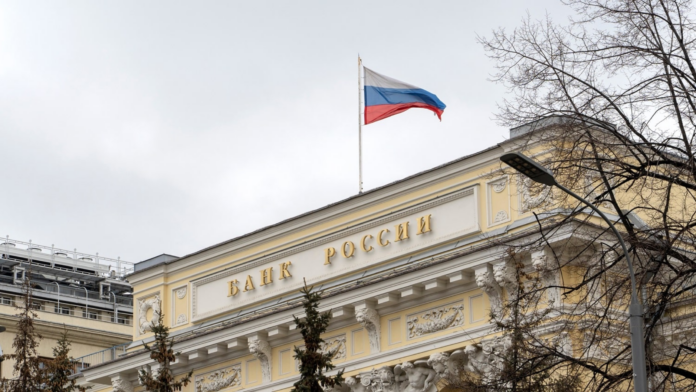
In the ever-evolving world of digital currencies, Russia’s journey towards the launch of its own Central Bank Digital Currency (CBDC), the Digital Ruble, is gaining momentum. However, contrary to some expectations, this financial innovation isn’t set to hit the mainstream before 2025.
The Russian Central Bank has been conducting a pilot involving a limited number of participants, currently spanning 13 banks across 11 cities. While there’s talk of expanding this pilot, any activities related to the digital ruble in 2024 will remain within a confined scope. A spokesperson from the Central Bank revealed, “The pilot will continue at least until the end of 2024, and, if necessary, will be extended. Only after the completion of the pilot will the digital ruble be introduced into mass circulation.”
Interestingly, around 600 Russians are currently testing the digital ruble in various practical scenarios, including its use in the Moscow Metro system. This real-world testing is crucial for assessing the currency’s functionality and readiness for broader use.
The Russian Finance Ministry, on the other hand, appears to be on a faster track with the CBDC rollout. Minister Anton Siluanov was recently quoted at a forum stating, “In 2024, all Russians will be able to experience making use of digital ruble wallets to make payments.” This ambitious timeline reflects a keen interest in leveraging the potential of digital currencies.
Moreover, the ministry is looking to accelerate the launch of CBDC-powered benefits payments using “marked” or colored tokens. Siluanov highlighted the government’s plan to use this technology to combat benefits fraud and ensure government subsidies are used as intended.
Another significant advantage of the digital ruble, as highlighted by the Central Bank, is the prospect of commission-free peer-to-peer (P2P) transfers. This feature is poised to free citizens from the constraints of commercial banks’ limits and conditions. However, for business-to-business transactions, a minimal commission of 0.3% will be charged. This strategic approach underscores the digital ruble’s potential in simplifying and streamlining financial transactions.
The differing stances of the Central Bank and the Finance Ministry on the CBDC’s rollout timeline and broader crypto policy suggest an ongoing debate within Russian financial circles. The Central Bank has historically leaned towards more conservative policies, even advocating for a complete ban on cryptocurrencies, while the Finance Ministry favors a more progressive regulatory approach.
As we inch closer to the proposed wider rollout of the digital ruble, these contrasting perspectives within Russia’s financial governance will likely continue to shape the country’s approach to digital currencies and fintech innovation. The journey of the digital ruble, from its current pilot phase to its anticipated public debut in 2025, is not just about introducing a new currency form. It’s about redefining financial interactions and bringing Russia to the forefront of the digital currency revolution.
This gradual yet deliberate approach to the digital ruble’s introduction reflects a cautious optimism in the potential of CBDCs to transform the financial landscape. As we continue to observe this development, the implications for global fintech trends and digital currency adoption remain a topic of keen interest and speculation.
- SEO Powered Content & PR Distribution. Get Amplified Today.
- PlatoData.Network Vertical Generative Ai. Empower Yourself. Access Here.
- PlatoAiStream. Web3 Intelligence. Knowledge Amplified. Access Here.
- PlatoESG. Carbon, CleanTech, Energy, Environment, Solar, Waste Management. Access Here.
- PlatoHealth. Biotech and Clinical Trials Intelligence. Access Here.
- Source: https://cryptocoin.news/news/digital-rubles-journey-from-pilot-to-public-a-2025-vision-95230/?utm_source=rss&utm_medium=rss&utm_campaign=digital-rubles-journey-from-pilot-to-public-a-2025-vision



